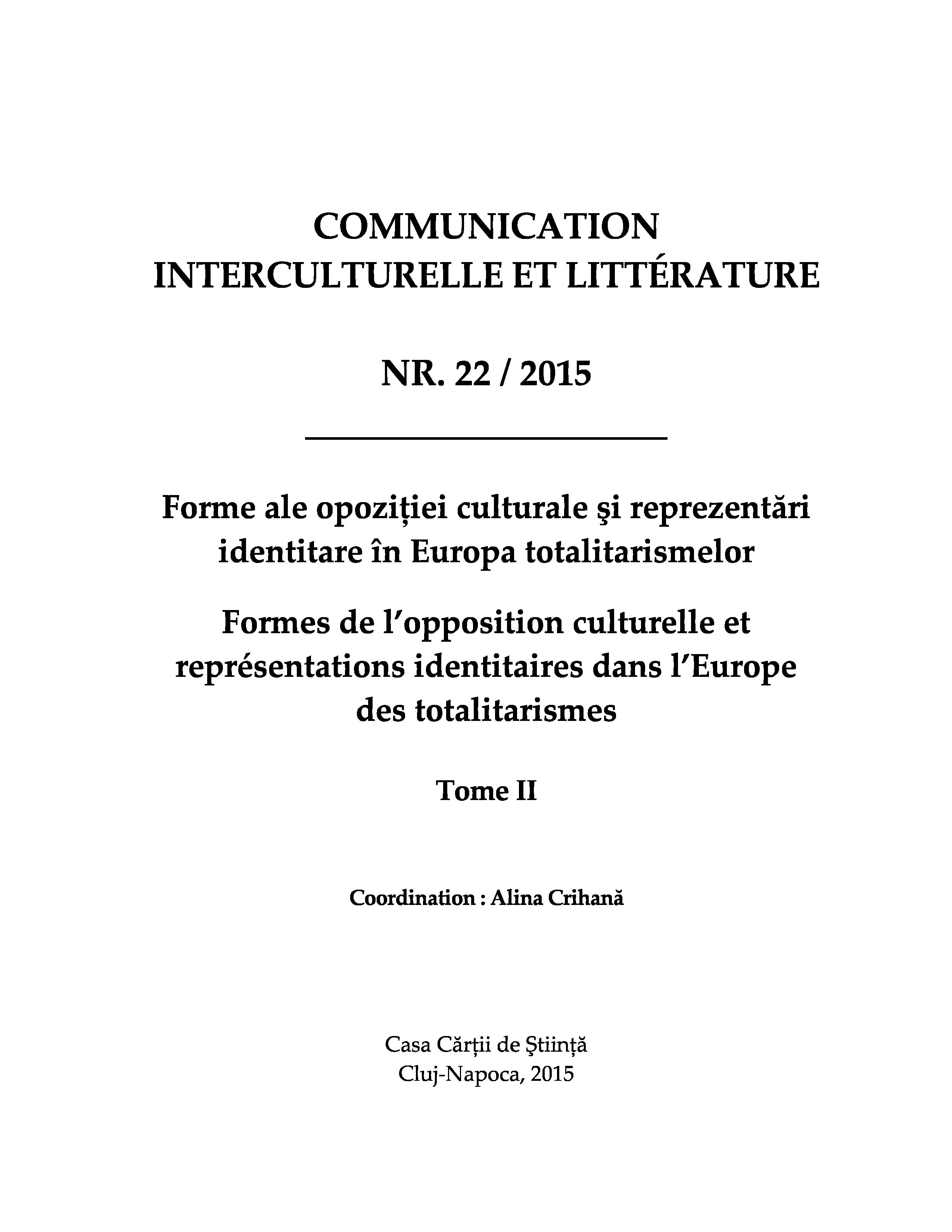Aspecte de identitate lingvistică. Limbile vorbite în UTA Găgăuzia
Aspecte de identitate lingvistică. Limbile vorbite în UTA Găgăuzia
Author(s): Ionel Apostolatu, Gina Aurora NeculaSubject(s): Language and Literature Studies, Semiotics / Semiology, Theoretical Linguistics, Historical Linguistics
Published by: Editura Casa Cărții de Știință
Keywords: official language; bilingvism/trilingvism; linguistic identity; ethnicity; nationality
Summary/Abstract: One of the most challenging linguistic debates of the nowadays South-Eastern part of Europe is the artificial conflict between those who speak about two separate languages: Romanian and Moldovan. In fact, we are facing one and the same language: the Romanian language that has evolved differently in distinct social and political backgrounds. The latest Romanian grammar references (especially those published in Romania) prove that the Romanian language spoken in the Republic of Moldova has preserved some morphosyntactic patterns which are no longer vivid or in use in the standard literary Romanian spoken within the boundaries of Romania. While the Romanian language from Romania was continuously spoken by a great number of speakers spread over a large and compact linguistic area, which led to the establishment and consolidation of the unique over-dialectal norm, the Romanian language from the Republic of Moldova, although it has been promoted (either by the name of ‚Romanian‛, or ‚Moldovan‛) to the status of national language (the official one), it has rather maintained the status of a (sub)dialect. This was especially due to the fact that it had long been used by a smaller group of speakers, often spread over aloglote areas (dominated by the Russian language), which restricted its usage up to a conservative (or less innovative) familial level. Taking this premise into consideration, our aim is to understand how the people of Găgăuzia relate to their bi/trilingvism, how they understandand define their linguistic identity in a such a complex environment.
Journal: Comunicare Interculturală și Literatură
- Issue Year: 22/2015
- Issue No: 2
- Page Range: 223-231
- Page Count: 9
- Language: Romanian

